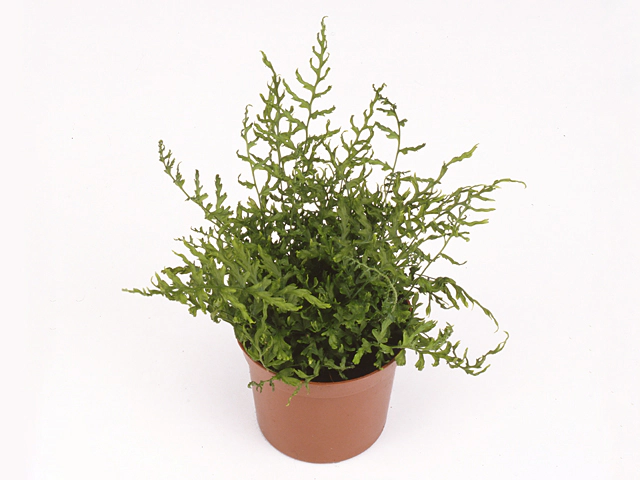Dryopteris filix-mas 'Linearis Polydactyla'

| Winter hardness | Excellent (USDA-zone 1,2,3,4) |
| Plant height | 70 - 80 cm |
| soil pH requirement | Slightly acidic (pH 4,5 - 6,5); Neutral (pH 6,5 - 7,5) |
| Light conditions | Semi-shades |
| Toxicity (if consumed) | Fairly |
| Moisture requirements | Moist |
The Dryopteris filix-mas 'Linearis Polydactyla,' commonly known as the Japanese Shield Fern, is a versatile and attractive plant that can thrive in various climates and soil conditions. This fern is cherished for its unique fronds and ability to bring a touch of elegance to any garden or landscape.
One of the most remarkable characteristics of the Japanese Shield Fern is its winter hardiness. It can withstand extremely cold temperatures, making it suitable for USDA zones 1, 2, 3, and 4. Even in harsh winters, this fern remains resilient and continues to flourish.
In terms of size, the Japanese Shield Fern typically reaches a height of 70 to 80 cm. This compact size makes it well-suited for adding lush greenery to smaller spaces, such as rock gardens or container plantings.
When it comes to soil requirements, the Japanese Shield Fern prefers slightly acidic conditions with a pH range of 4.5 to 6.5. However, it can also tolerate neutral soil with a pH range of 6.5 to 7.5. This flexibility allows gardeners to grow it in a wide range of soil types, as long as it is adequately drained.
Unlike some ferns that require deep shade, the Japanese Shield Fern prefers semi-shaded areas. It thrives in spaces where it can receive dappled sunlight or partial shade throughout the day. This makes it an excellent choice for planting under trees or in areas with filtered light.
It is important to note that the Japanese Shield Fern is toxic if consumed. Therefore, it is advisable to keep it away from pets or children who may be tempted to nibble on its luscious leaves. While this fern adds beauty and visual interest to any landscape, it is crucial to prioritize safety and avoid potential health risks.
Moisture is another critical factor for the Japanese Shield Fern's growth and development. It thrives in moist conditions, making it ideal for areas with high humidity or regular rainfall. Adequate irrigation or ensuring a consistently moist soil substrate will ensure the fern's health and prevent it from drying out.
In conclusion, the Dryopteris filix-mas 'Linearis Polydactyla,' or the Japanese Shield Fern, is a stunning addition to any garden or landscape. Its winter hardiness, compact size, adaptable soil requirements, preference for semi-shaded conditions, and moisture needs make it a versatile and resilient fern. However, caution should be exercised due to its toxicity if consumed. By providing the right environment and care, this fern will thrive and bring beauty all year round.
Market availability index by month:
| Jan. | Feb. | Mar. | Apr. | May | Jun. | Jul. | Aug. | Sep. | Oct. | Nov. | Dec. |
|---|---|---|---|---|---|---|---|---|---|---|---|
| 2 | 2 | 3 | 3 | 4 | 3 | 2 | 2 | 2 | 2 | 1 | 1 |